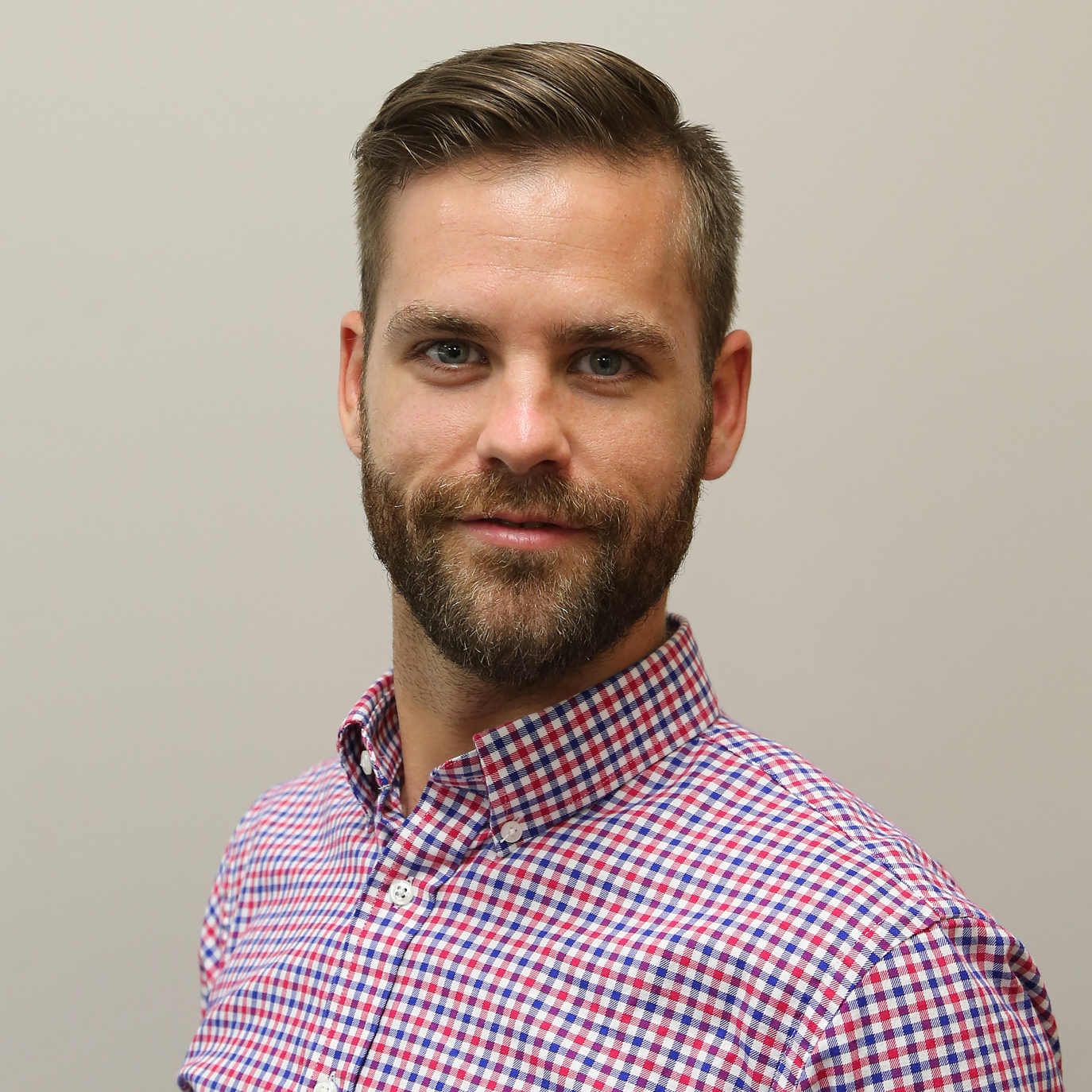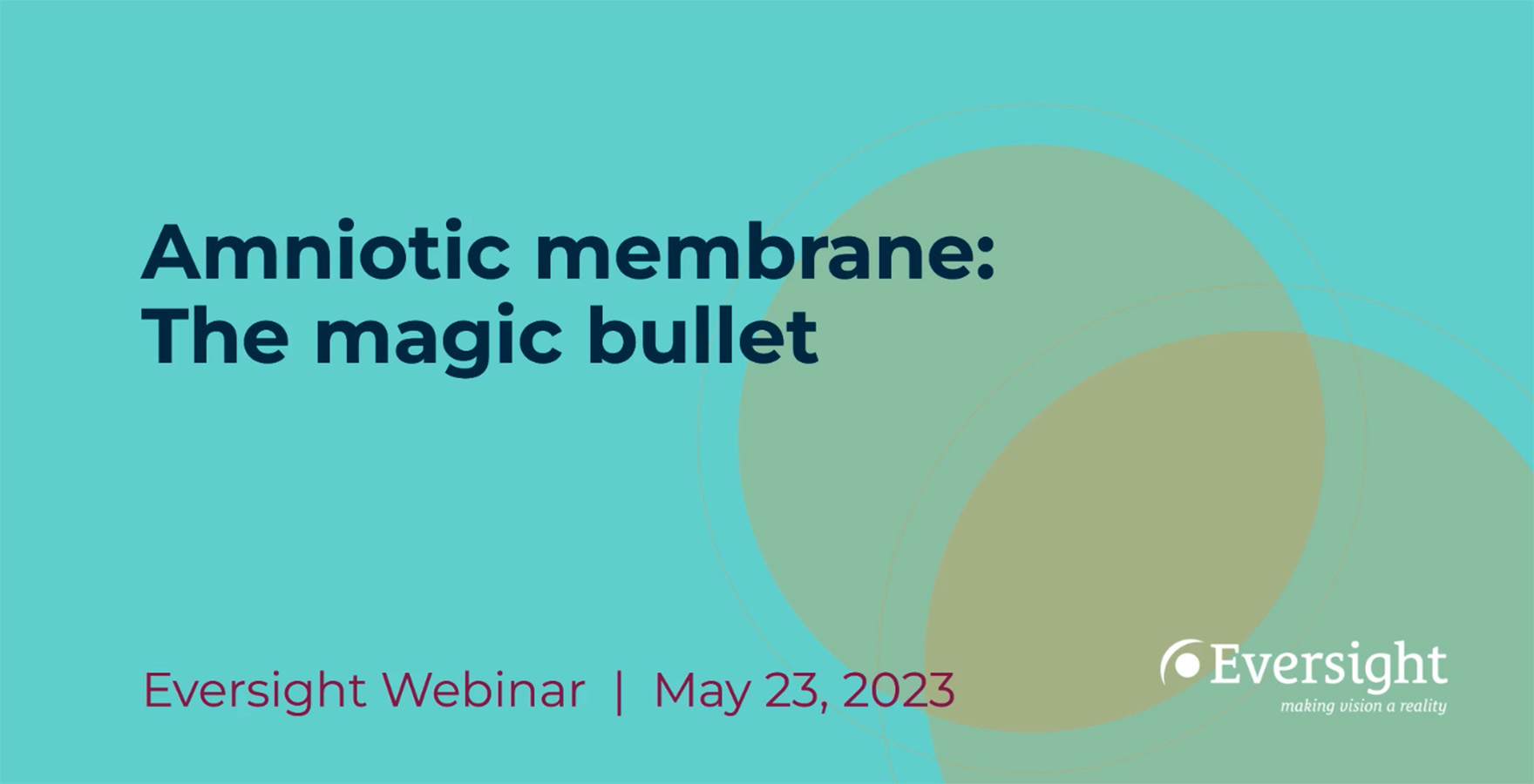By Michael Szkarlat, Partner Development Director
Background & history
Natalie Cheung, MD, begins the webinar with a brief discussion of the history of using human amniotic membrane (AM) tissue in ophthalmology. Plastic surgeon John Staige Davis, MD, first used human AM as a skin substitute for treating open wounds at Johns Hopkins in the 1800s. The first in ophthalmic surgery, Dr. Andras de Rötth used fetal membranes to reconstruct the ocular surface. In the 1990s, popularity increased, particularly for repairing conjunctival defects and reconstructing the fornices of the eye. Cryopreservation of AM also played a crucial role in its rising popularity.
Structure & properties
Dr. Cheung then reviews the anatomy of AM, which consists of three layers: a monolayer of simple epithelium, basement membrane and stroma. It contains various beneficial bioactive components including anti-inflammatory, anti-fibrotic, anti-scarring, anti-angiogenic, and some antimicrobial properties, as well as having low immunogenicity and the ability to inhibit oxidative stress. It also acts as a mechanical barrier to protect healing corneal epithelium from frictional forces while simultaneously promoting epithelialization.
Procurement & preservation
AM is only procured from donors undergoing elective C-sections who have been screened for infectious diseases. Vaginally delivered placental tissue is not procured due to contamination risk. After procurement, it is washed and treated with antibiotics, then the AM is dissected from the chorion. There are three main methods of AM preservation:
- Cryopreservation: The most common method involves freezing the AM at -80°C. It can be stored for up to two years.
- Freeze drying (lyophilization): The AM is freeze-dried, sublimated, irradiated and stored at room temperature for two to five years.
- Dehydration: The AM is dehydrated and gamma irradiated. This is the harshest method in terms of damage to the desirable bioactive components.
Dr. Cheung then walks us through some of the AM products that are currently on the market for different applications from the clinic to the OR.
Use in ophthalmology
Dr. Cheung reviews AM applications in the cornea, glaucoma, retina, strabismus surgery and oculoplastics, and concludes by answering audience questions.
Eversight's free webinars are a great way for you to connect, learn and train digitally with leading ophthalmologists and researchers from around the world. We invite you to RSVP for scheduled webinars and browse our recording library.
Have an idea for a future topic? Interested in receiving timely and relevant information from Eversight? We'd love to hear from you!
Share this Post
About the author
Michael Szkarlat, Partner Development Director

Michael has been with Eversight since 2016 and has recently worked to develop Eversight's educational wet lab programs for EK surgery and a standardized protocol for DALK practice in a wet lab setting. His eye banking experience is rooted in the preparation of corneal grafts and spent nearly five years as Eversight’s Medical Director designee in charge of training clinical team members to prepare corneal tissue for DMEK and DSAEK surgery. In his time at Eversight, Michael has presented at scientific conferences, been involved in clinical research and developed innovations in tissue processing. He was named an IAPB Eye Heath Hero in the innovations category. Michael is passionate about community-based eye banking and honoring the precious gift that is donation. When not at work, he enjoys traveling with his wife and baking artisan sourdough bread.



